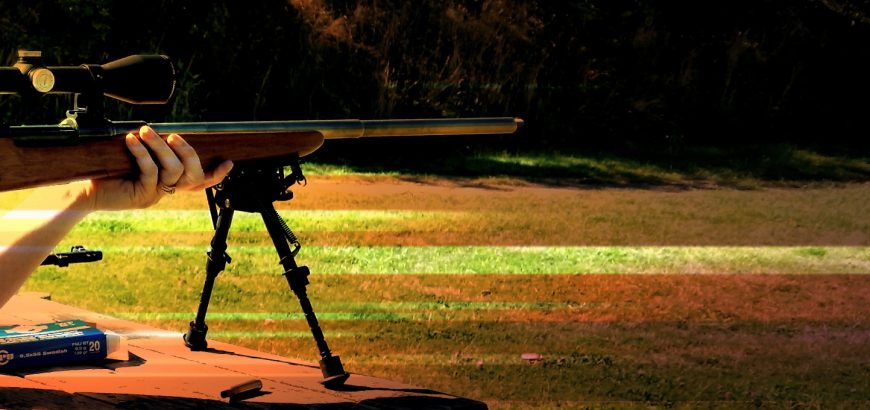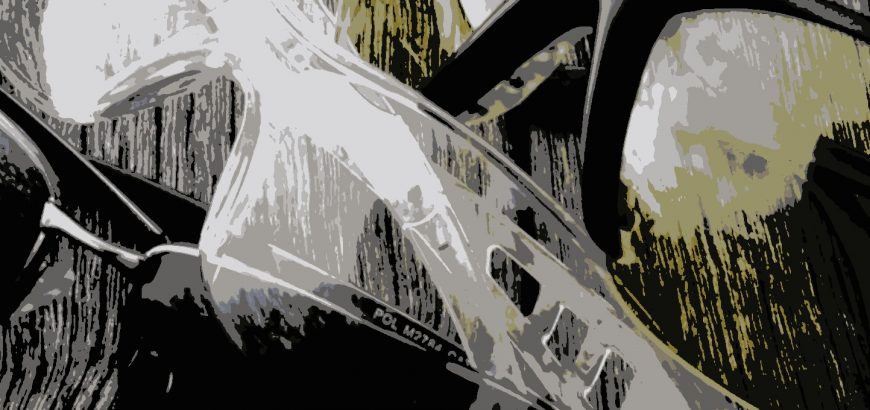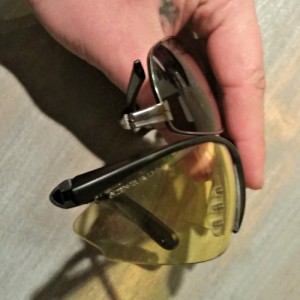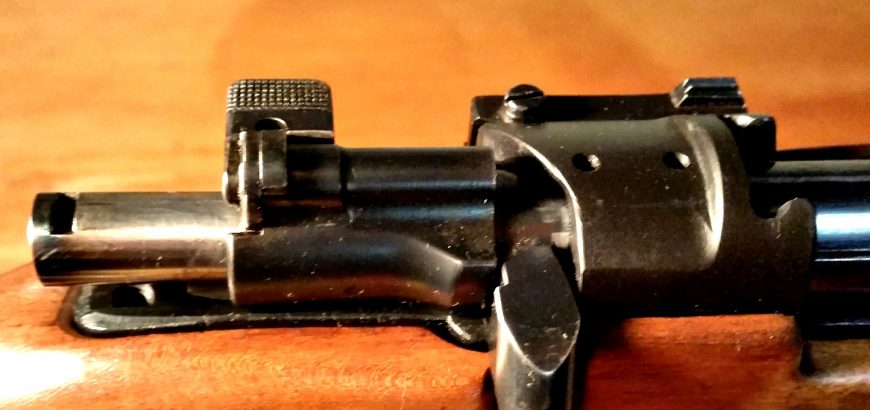If you own a firearm, you’re considered a fit and proper person by your local Arms Officer. You’ve also got safety measures in place, such as a safe bolted into the ground and/or a wall. But there are some simple steps you can take to increase your security at no extra cost.
Thieves have their eyes on you
A big concern around firearm safety is ensuring that children or stupid adults can’t access your bang sticks. Not only do you keep these under lock and key, but your bolts, mags and ammo are all locked up separately.
So that’s that problem solved.
Which means when we’re talking security, we’re talking about keeping your firearms out of the hands of those who would do evil with them (and no, we’re not talking about your partner selling them so you can get rid of the second mortgage you took out to buy them in the first place).
Maybe it’s my South African upbringing, or maybe I’m just super-cautious with my guns, but I feel the eyes of potential thieves on me all the time. No, I’m not being paranoid, but at any given time I’m aware that someone nearby could be keeping an eye out for someone to target for a robbery.
Online security
Thieves are not all opportunistic, desperate nogoodniks. Some of them are savvy operators who will find you online. So, what can you do to avoid the gaze of these degenerates?
Don’t give identifying details online
We all like to hop onto forums, Facebook groups or Instagram accounts that discuss the particular types of firearms or shooting that we do. If it’s a Facebook group, make sure you only join ones that are private, so people can’t see what your posting unless they’re members too. On social media or in forums, make sure you don’t leave personally identifying information, such as an address, a licence plate in a photo, your workplace, etc.
Sure, you’ll meet some people you trust online – chat to them privately if you want to set up a hunt or something and need to meet at someone’s house.
Also, if you’re going to post pictures of hunts, ‘like’ Facebook or Instagram pages to do with guns, etc, make sure your settings are set to ‘private’ or ‘friends only’.
Don’t give your home address to Trademe traders
If you bought or sold a gun or related items on Trademe, don’t invite people around to your house to pick it up or drop it off. If you can, get things posted to your work, or collect from the courier depot. I also prefer these options, because then I know my stuff won’t be sitting in the driveway all day.
Physical security
Again, we’re still not talking about anything you have to spend money on – just practical ways you can keep eyes off your gear and feel safer in the knowledge that you’re not making your home a target.
Sight lines
I’ve recently moved house and when I was installing my safes, the first thing I noticed was that I could see straight out the garage window and across the road from where my safes and reloading bench would be. That means anyone on the street could see in. You might have same consideration when you open your garage door – what’s visible to the street?
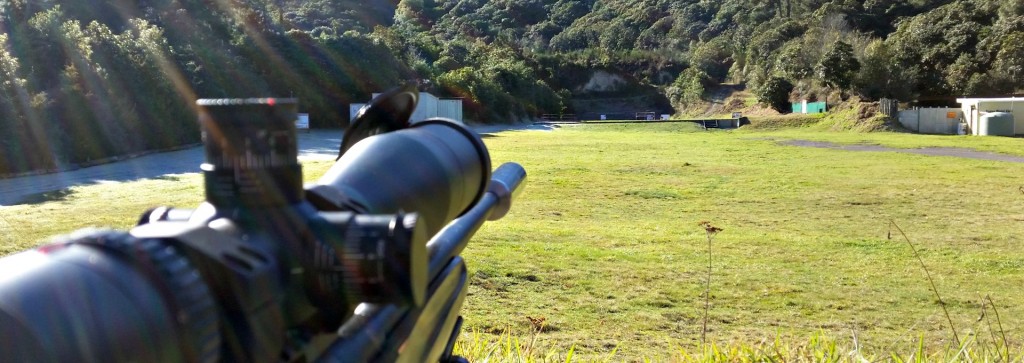
While most people wouldn’t see this, someone scouting the property would certainly be paying more attention to detail. So, as a stop gap, I hung a sheet over the garage windows, until I can arrange to get the windows tinted. And there’s another point, cover up your gear when service people come around.
That’s not passing judgement on anyone in a trade that involves home installs, but seriously, it’s a person you don’t know that you are inviting into your home. You don’t know them from a bar of soap. I don’t even get house movers, I pack my own stuff.
If I had a flash TV and expensive booze, I wouldn’t really care, but these are firearms, and they require extra attention.
Number plates
Did you know anyone can trace your number plate to where you live? It costs them $15 and a few clicks of their mouse.
Now, the NZTA won’t hand your details over to any old Joe Bloggs, but if that person was determined enough to get your address, I’m sure they could create a fraudulent and convincing reason for the NZTA to release it.
If you’d like to opt out of having your info available without NZTA’s specific approval of the information request, you can follow this link.
This may mean it takes a couple days extra next time you apply for vehicle insurance, but at least you don’t have to worry about someone staking out your gun club and walking away with your licence plate number, and essentially the location of your home.
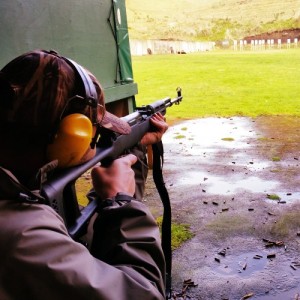
Keep it under wraps
It’s in the law – we all know we need to cover our firearms up when we travel. But just think about it a little bit more. Also, remember you can’t park up somewhere with firearms in your car. The only exception I know of is stopping at a petrol station.
When you’re transporting firearms or leaving the gun store, be aware of your surroundings and don’t give criminals the opportunity to spot a potential prize.
When you do get your new rifle or whatever safely home, make sure you take note of the serial number and take a photo of the gun so that in the event of an insurance claim for fire, or a police investigation for theft, you can supply useful information that may result in getting your firearm (or its value) back.
Now, I hope this hasn’t made you feel unsafe or get the impression that you have to be a paranoid recluse to keep firearms. However, a little extra thought and care will mean you, your family and your community are safer.
Plus, I’d be bloody gutted if someone emptied out my safe!
